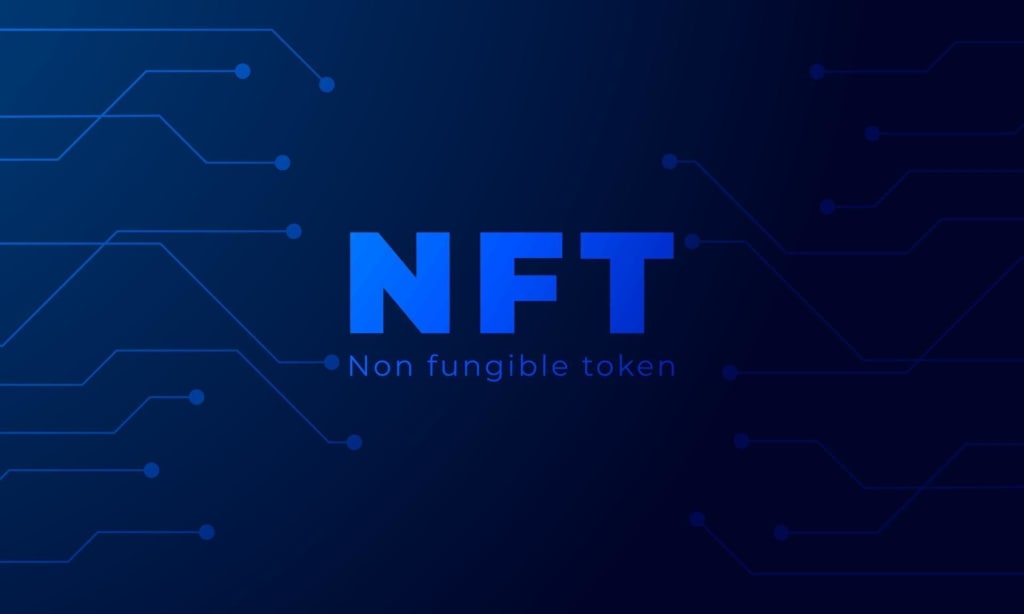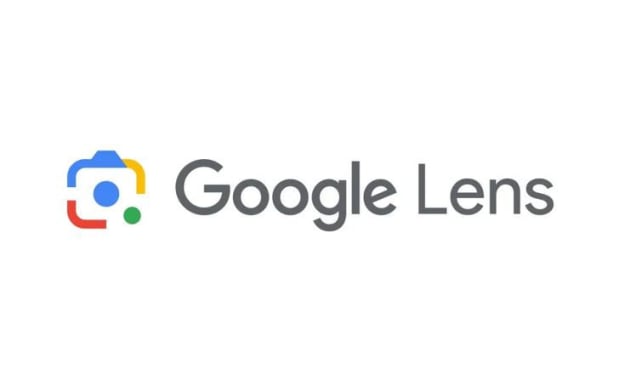NFTs and Their Impact on the Environment
NFTs- Are they good or bad?

NFTs? What are They?
NFTS, otherwise known as nonfungible tokens, can be described as cryptocurrencies. They usually represent ownership of various digital assets. NFTS can be one particular asset or consist of a collage of photos, gifs, videos, and audio files. Therefore, making them nonfungible, unlike crypto allowances, such as Bitcoin. The origin of NFTS can be a bit negligibly misleading, but from what I gathered, the first NFT was officially minted in 2014 by a man named Kevin McCoy.
He named it Quantum, an example of how much the trend of NFTs has sky-rocketed in the last few years. Currently, because of the increase in popularity, the price of Quantum has reached over seven million US dollars! The rapid influx in publicity has called for skepticism over the benefits of nonfungible tokens. Many critics have expressed their deepest concerns for NFTs, while others have excitedly supported the concept.
The Pros & the Cons of Non-Fungible Tokens!
The pros to NFTS;
- Nonfungible tokens were created for artists and collectors by other artists.
- The original concept for NFTS was to increase their value and balance the playing field for creators alike to help them gain revenue and popularity.
- You can sell and profit off NFTS even if you are not the original creator, as long as you currently own that specific NFT.
- The significance of NFTS is rapidly growing and is forecasted to continue for the next few years as long as people continue to sell and trade them.
- You cannot replace NFTS or interchange them because they are unique possessions.
Ownership of these Non-Fungible tokens seems to have become very compelling. A variety of companies have begun to adopt NFTS into their business. They may even look at their clientele and evaluate them based on what NFT is in their possession. Some businesses have also gone as far as to use NFTS as an acceptable form of payment. Digital artists have the option to mint their own NFTS via OpenSea, Rarible, and Mintable! Non-Fungible tokens have become a valuable alternative to selling digital products as a content creator! NFTS can be anything from videos to a collage of random gifs, as long as the person obtains it legitimately.
"Individual pieces of crypto art, Non-Fungible tokens (NFTS), are at least partially responsible for the millions of tons of planet-heating carbon dioxide emissions generated by the cryptocurrencies used to buy and sell them. Some artists-including those who have already benefited from the craze-think it's an easily solvable problem. Others think the proposed solutions are a pipe dream."
- Writes Justine Calma on her blog about The Climate Controversy Swirling Around NFTS
Cons of NFTS;
The most common concern people have about NFTS is its use and ability to impact the environment. Not many people have enough information on NFTS to ethically form an unbiased opinion on it. There is a lot of skepticism surrounding the use of NFTS due to individuals who data mine. Data mining can be a problem in this sense because the transfer of this data uses energy, if you continue to data-mine frequently, then that energy bill goes up, and so does carbon emission.
NFTs have also soared — growing to an estimated $338 million in 2020. Each NFT is on an open blockchain (often Ethereum’s), and anyone interested can track them as they create, sell, and resell. They use smart-contract technology so that the original artist continues to earn a percentage of all subsequent sales.
-excerpt I gathered from Coinbase on NFTS
Is it Possible to Make NFTS Environmentally- Friendly?
Honestly, NFTS can be rather beneficial, but I am also a keen supporter of the environment. If the rapid use of NFTS continues, we could be facing much more emission problems in the future. That is the only skepticism that people are faced with when bringing up the topic of NFTS. However, NFTS alone do not transmit as much greenhouse gas emission. The average NFT carbon footprint is not that significant. Nevertheless, when data miners or hundreds of people sell NFTs through a crypto transaction, the carbon footprint is more impactful.
When you transfer or sell NFTS you are using cryptocurrency, such as Ethereum, which is arguably an energy-hungry system. However, Ethereum is in the process of changing to Proof-of-Stake, which will essentially cut back on carbon use by quite a lot. They announced on their Github page within the third quarter of 2022, the switch over, which will end the use of ETH mining on GPUS. Apart from Etherum, other reputable sources are planning to make the Proof-of-Stake change. If that were to happen much of the researchers who are delving into this very matter responded with,
“ELECTRICITY CONSUMPTION WILL LITERALLY OVER A DAY OR OVERNIGHT DROP TO ALMOST ZERO”
Michel Rauchs, a research affiliate at the Cambridge Centre for Alternative Finance.
Where does that put us now after absorbing that information? Is it all just speculation, or will we get to the point where NFTS and cryptocurrency alike can be traded, sold, and bought on a more environmentally responsible foundation? I would like to see how it plays out before I put my cards on the table! My bet would be on the switch over to Proof-of-Stake, this functionality will allow a person to mine or validate block transactions according to how many coins they hold. This means that the more coins owned by a miner, the more mining power they have. It’s a process that uses significantly less energy, therefore reducing greenhouse gas emissions by quite a bit. Another adaptable solution would be to run cryptocurrency machines on clean energy sources. That way the energy is not only recycled but sustainably sourced. If we can come together and work on changing the way we work, data mine, and just casually trade NFTS, I think NFTS and other crypto sources could be potentially beneficial to use in place of paper currency.
Cites;
The climate controversy swirling around NFTs - The Verge
NFTs (Non-fungible tokens): What is NFT, Pros and Cons - Hodlnaut
https://www.hodlnaut.com/crypto-guides/what-are-nfts
About the Creator
Addrianna Wing
I am an Autistic creative writer, digital artist, and content creator! Please support me by sharing and liking my content! Tips are always appreciated!






Comments
There are no comments for this story
Be the first to respond and start the conversation.